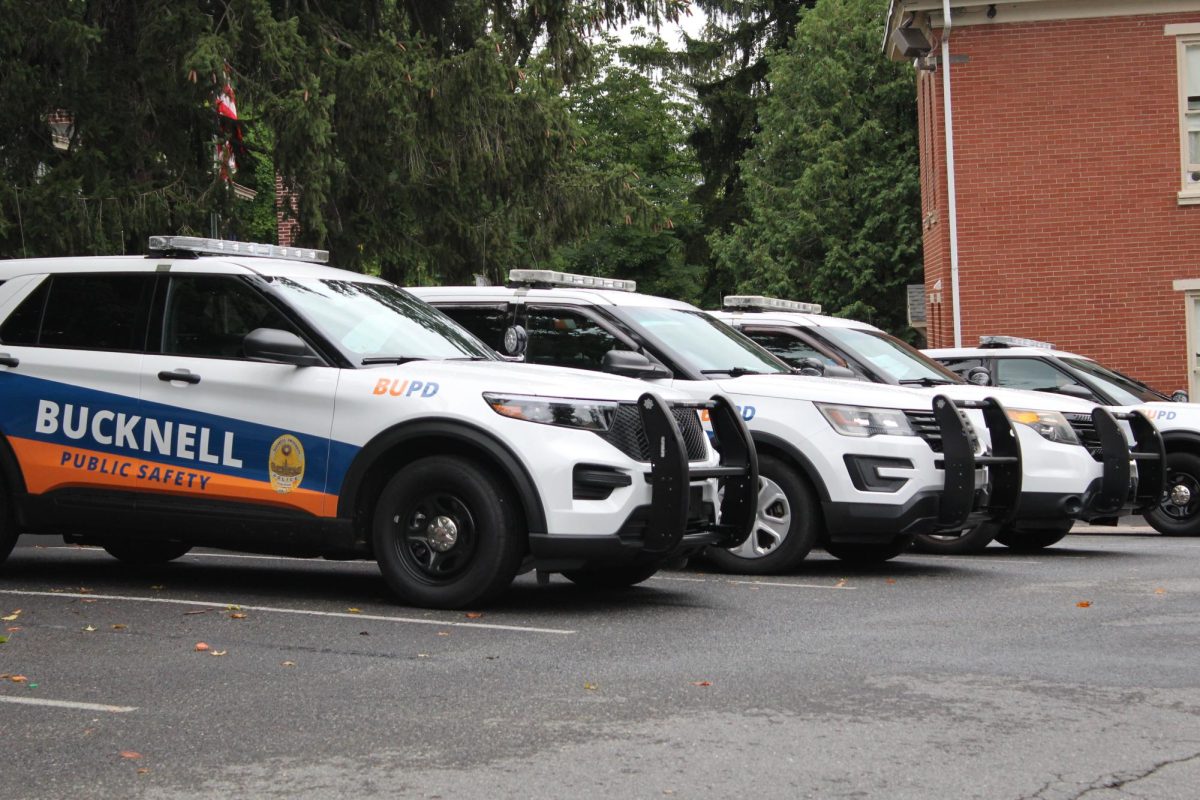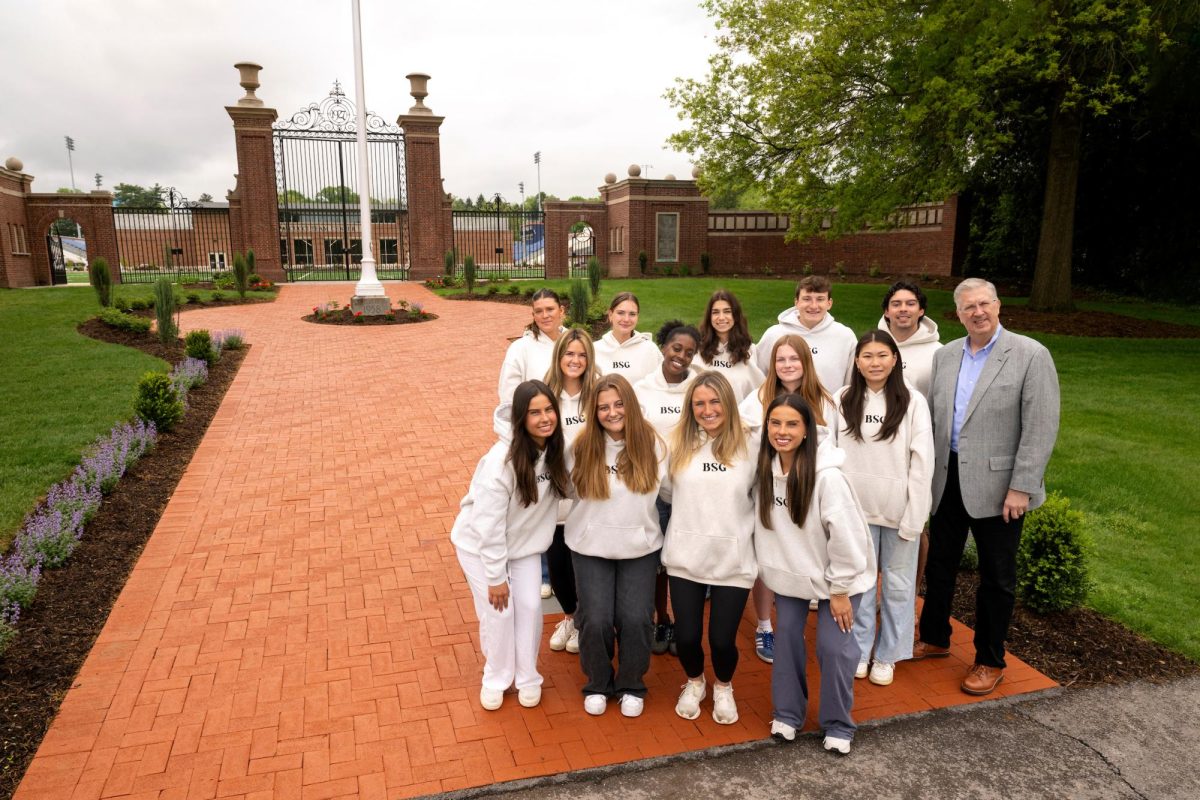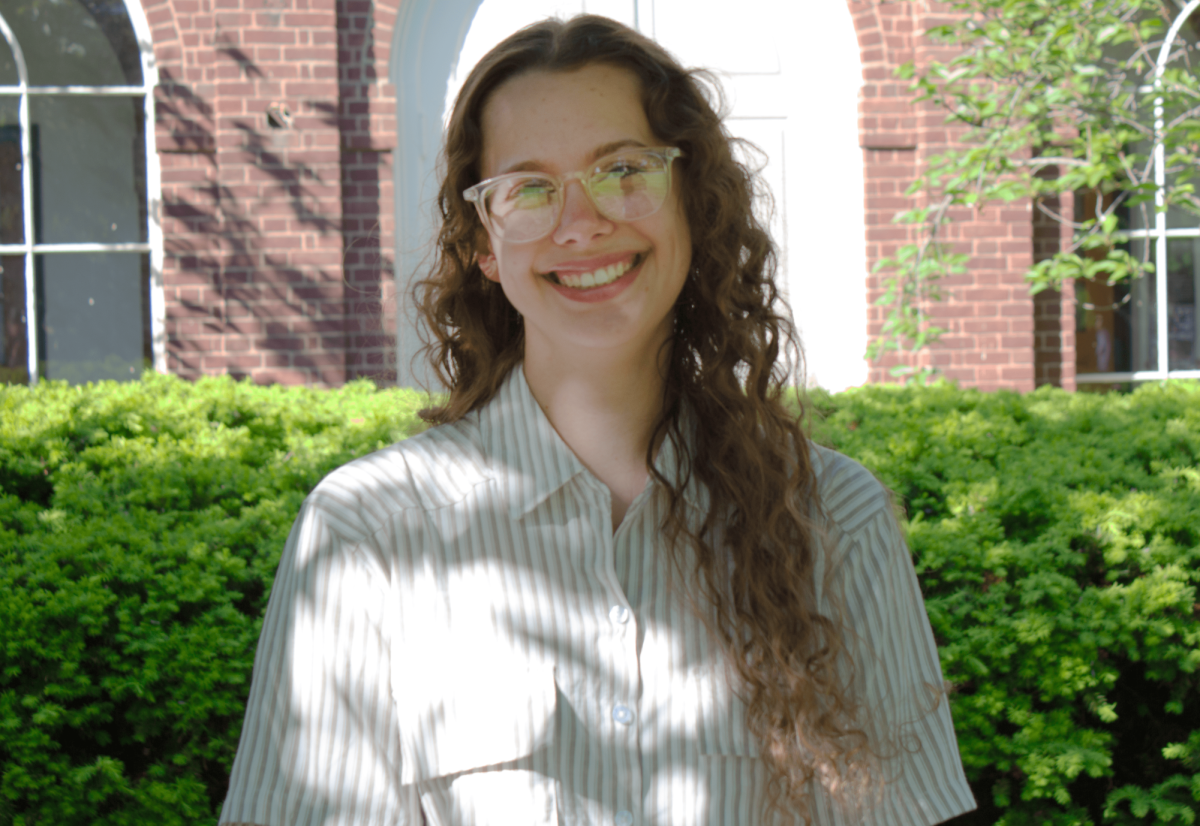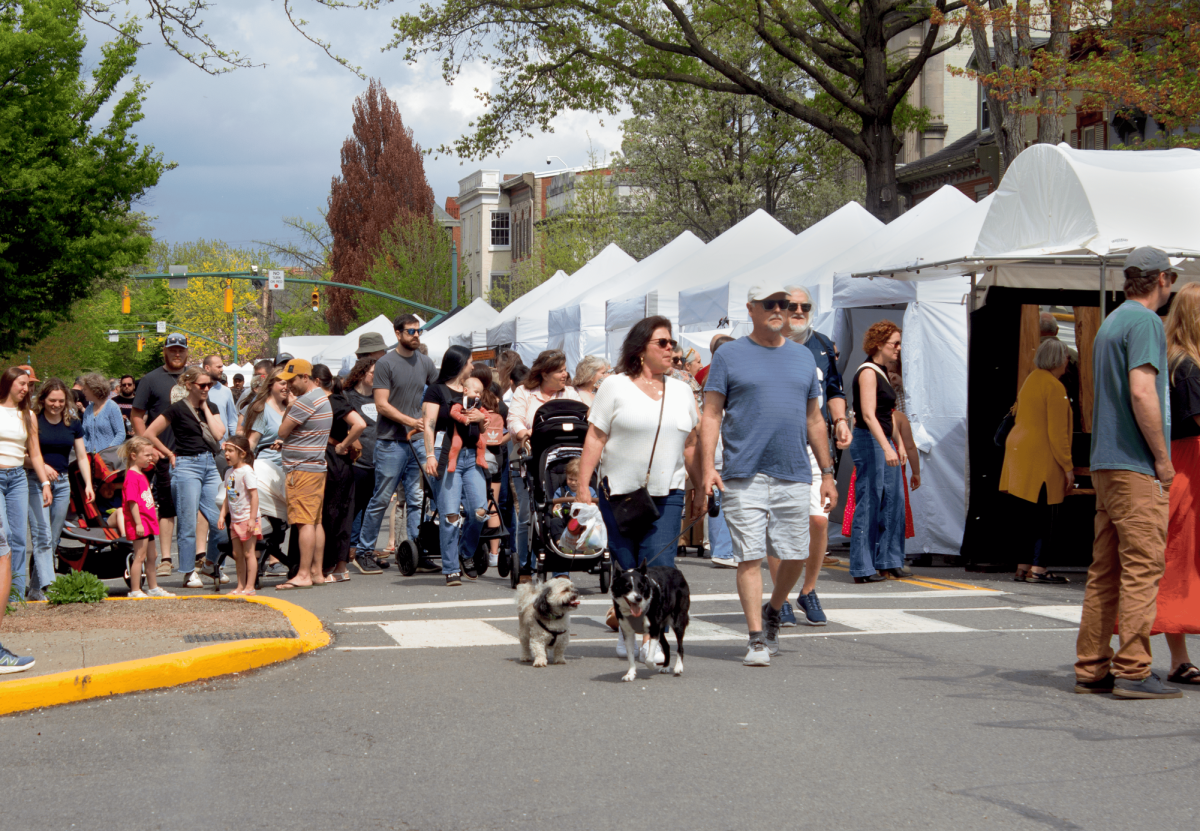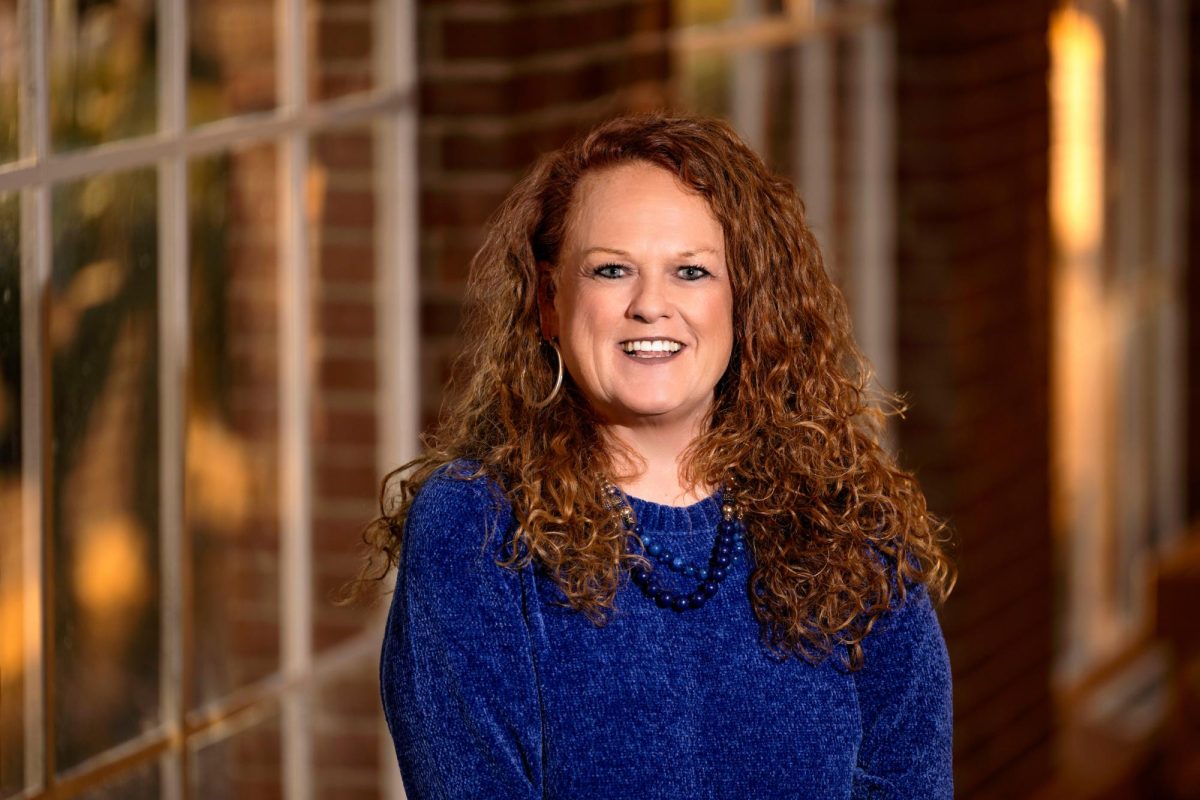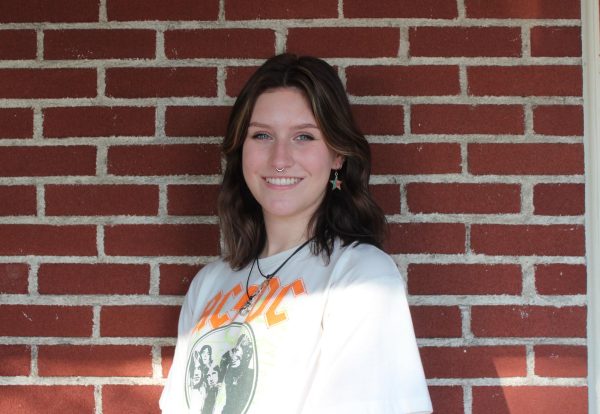Following the recent active shooter hoax on March 29th, Public Safety held a debrief on Thursday, April 11th in the Langone Center Forum. During this 50 minute talk, Chief Anthony Morgan unraveled the timeline of events on their end of the experience, explained why they made the decisions that they did and detailed safety measures going forward.
The presentation began with a breakdown of what happened and when it happened over the course of that tense hour. At 6:31pm, the Buffalo Valley Regional Police Department received a call on the unrecorded line, reporting someone on campus with an AR-15. This information was relayed to Union County 911, who then notified Public Safety. Communications Officer Miller then called back the number that had initially called Buffalo Valley.
Morgan went on to summarize the contents of the 26-second call. When the caller was asked their location, they said that they are hiding in a classroom, but do not know which building because “they are new.” After being asked their location once more, the sound of a slide racking could be heard, followed by two gunshots and then the caller disconnected.
Following this call, Public Safety issued the emergency alert to anyone signed up for the RAVE notification system, alerting them through call, text and email that there was an active shooter on campus.
In the chaos of the alert being issued, Public Safety was quickly inundated with around 200 calls from concerned students, parents, community members, etc. Public Safety established their command post at the downhill entrance of the ELC, while units worked towards clearing a variety of areas on and off campus, attempting to address any locations of concern that had been reported through calls. Local and state police were also called to the scene.
At 7:27pm, dispatch alerted all units that the original call was from a landline in Virginia, and the “all clear” alert was issued through RAVE at 7:31pm. The call was dismissed as a swatting incident, the term used to refer to phone calls made to emergency services to incite terror within a community without any real danger present. Morgan explained that he sensed it was a swatting call from the start, but was not willing to take the risk of dismissing it as such in the event that there truly was a shooter present on campus and that lives would be at risk.
In addressing some of the concerns about Public Safety’s response to the incident, Chief Morgan acknowledged that some were resistant to being cleared from hiding locations such as the ELC. He explained that officers are trained under the ALICE response system, not dissimilar to the “run, hide, fight” model that many students are familiar with. As the officers progressed throughout the ELC, they cleared students from their hiding spots. Their thinking is that they don’t know where the shooter is, but they do know that they aren’t in the areas they’ve already cleared, making moving towards those cleared locations safer than a hiding location. Although, Morgan did address that the RAVE notification was not altered for the situation at hand and instructed recipients to take shelter, rather than instructing them to get off campus as should have been the case.
Similarly, there were concerns from those who were outside at the time of the lockdown, who could not take shelter once the card access buildings were locked down. This is done because there is a higher likelihood that the shooter is faculty or staff, in which case they would have card access to buildings. During a lockdown, only safety officials will have card access, including Buffalo Valley officers who have been provided with cards that only work in the event of an emergency. Morgan stated that those outside should prioritize getting off of campus, which is an instruction that will be made more clear to the community moving forward.
Morgan spoke to some shortcomings in their response, such as that the loudspeaker portion of the alert system was not utilized. They were unsure if they would have time to do so, but acknowledged that in hindsight, it should have been used. This, in combination with RAVE operating on an opt-in basis, meant that some community members were not notified at the time the alert was sent out. Only 61.7% of students are signed up for the alert system, and Public Safety intends to move towards a mandatory model in the future.
Chief Morgan closed out the talk by providing safety resources available to campus community members. Public Safety offers self defense training, as well as active shooter response training. Response training can be scheduled— for example, by a group of staff that want training for their specific office location— through directly contacting Public Safety. Morgan also emphasized the resourcefulness of the BSafe app, which has a variety of safety information pertaining to active shooter responses, such as a preparedness handbook and building-specific plan of action videos.
Moving forward, Public Safety is looking into ways to expand the reach of the RAVE emergency system, such as through being able to broadcast alerts on campus technology like digital signage. They are also planning on adding an active shooter response presentation to training systems and new student orientation. The formation of a safety task force is currently in progress. Public Safety’s second annual active shooter drill training will be conducted on campus on August 14th and community members will be invited to participate as role-players.
As the incident is still under investigation, no questions were fielded at the conclusion of the presentation. Later on in the day, a feedback survey was sent out to all students, faculty, and staff, which will close on Friday, April 19th at 5pm.



















